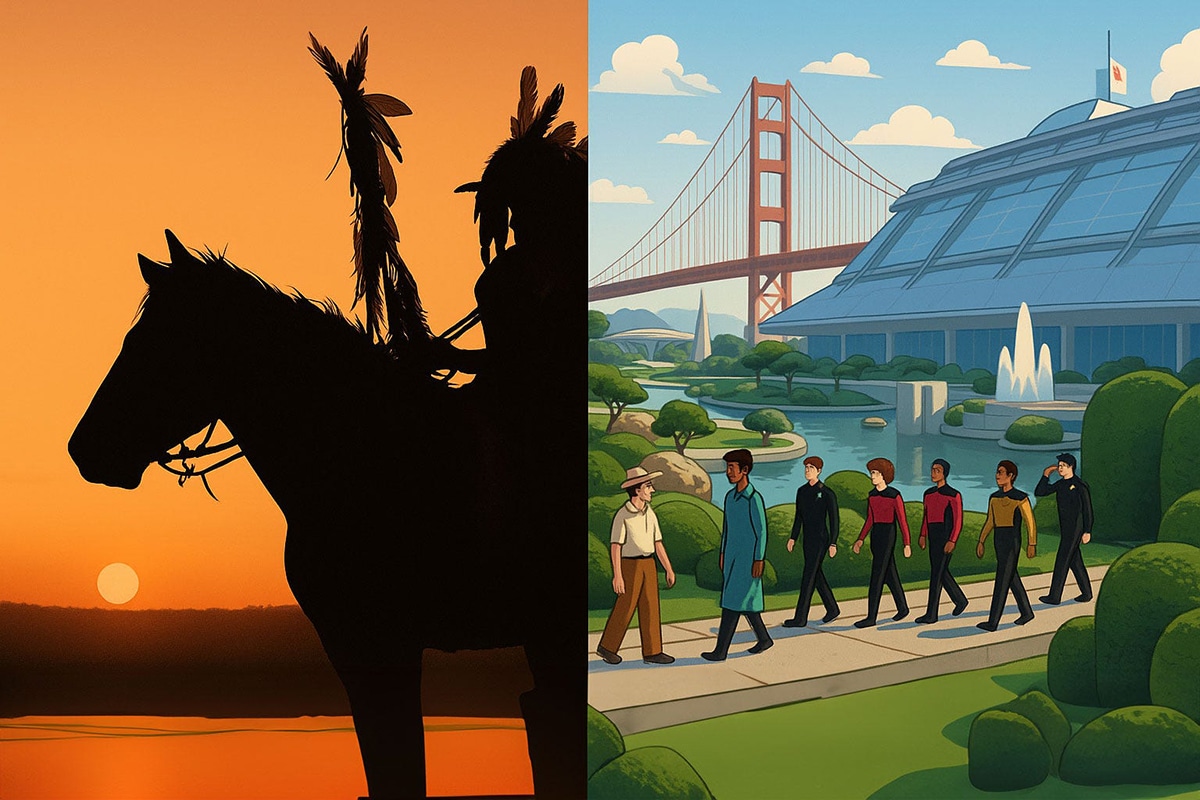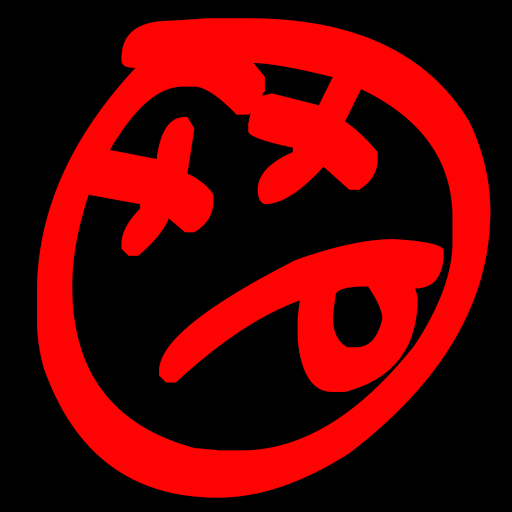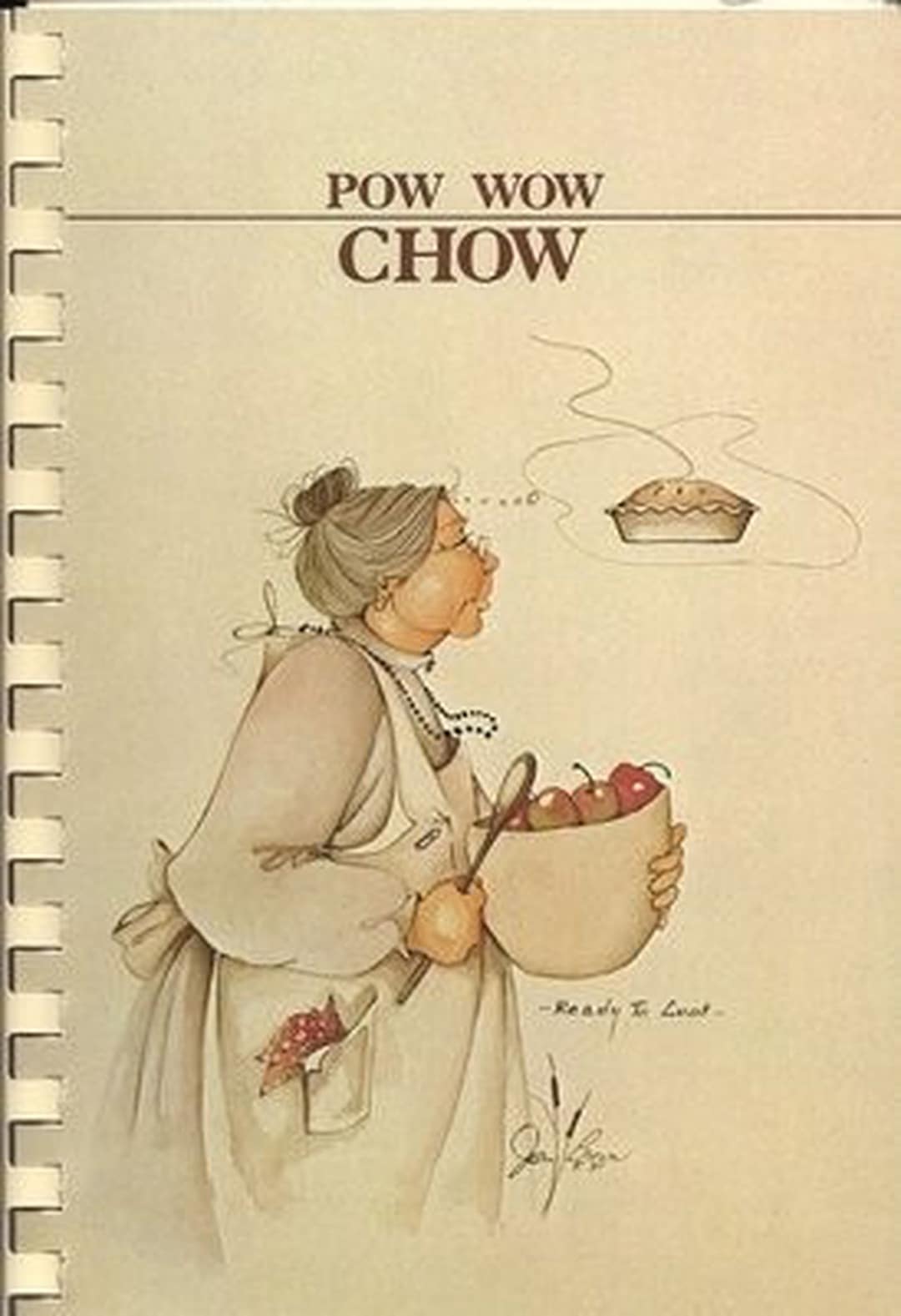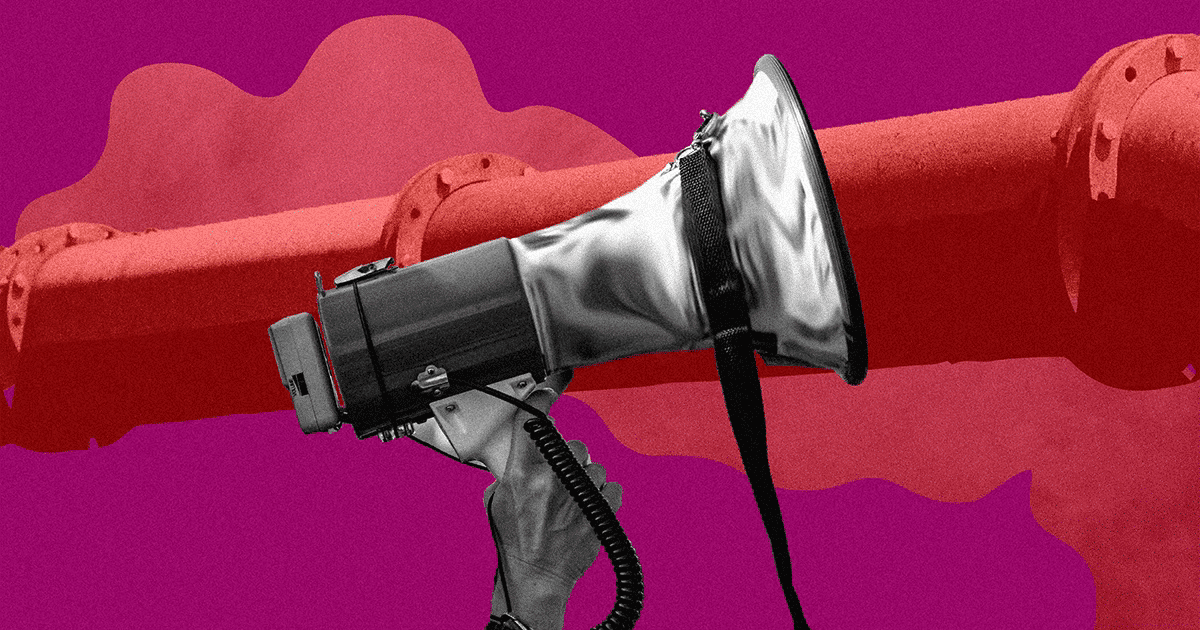

The Myth of the Civilized vs. the Savage
by Justin McAffee | Jul 17, 2025
Few things irk me quite as much as this myth. Expect a passionate rebuttal. Let’s start by naming and defining the myth.
The Myth Defined
Civilization tells a story of itself. It is a triumphant arc that begins in darkness and rises toward light. It paints a line between “us” and “them,” between those who build cities, write laws, and master nature in contrast to those who live close to land, outside institutions, outside the story.
We are civilized. They are savage.
This line has been redrawn a thousand times across geography, skin, language, and belief. Its purpose, however, remains solely to justify domination.
It says: They are backward. We are advanced. They must be saved, subdued, or assimilated.
The myth does more than degrade. It disappears. It renders whole cultures invisible, obsolete, or quaint. It turns wisdom into superstition, resistance into rebellion, lifeways into liabilities.
We find this myth enshrined in textbooks and museums, but it doesn’t stop there. It lives in development plans. In border walls. In drone strikes. In the language of progress, aid, security, and civilization itself.
The true significance of this myth lies not merely in who we conquer, but in who we become in the process.
It teaches us that violence is virtuous when done in the name of order. That taking is giving when framed as salvation. That superiority is empathy when dressed as reform, aid or “development.”
And it fractures something essential in us.
Because once we believe there is a hierarchy of humanity, we’ve already lost the thread. We’ve made domination not just possible, but noble and inevitable.
This is the story we inherit when we say “civilization.”
But the question that follows is the one that opens everything:
What if the line was never real?
Where the Myth Came From
“The Invention of the Savage”
The myth of the savage didn’t arise from misunderstanding. It was forged with the purpose of legitimizing empire.
When Enlightenment philosophers imagined the “state of nature,” they weren’t describing real people. They were projecting fear. Thomas Hobbes painted life outside state control as “solitary, poor, nasty, brutish, and short.” It was a convenient fiction, used to make the Leviathan (centralized power) seem necessary. Without kings or contracts, Hobbes argued, we would devour one another.
But this wasn’t anthropology. It was propaganda. Genocidal language… a language far from dead today.
As European empires expanded, they encountered societies that contradicted their worldview. Communities that lived in reciprocity with the land. That governed without kings. That didn’t accumulate wealth or erect monuments to hierarchy. These cultures didn’t fit the civilizational mold, so they were declared less than human.
The Doctrine of Discovery, papal bulls, and colonial charters institutionalized this view. Lands were “empty” if they weren’t fenced, parceled and sold off. Peoples were “savage” if they didn’t worship, dress, or govern like Europeans.
And then came the sciences. Anthropology, archaeology, even evolutionary biology shaped in the mold of the colonial mind. Terms like “Stone Age” or “tribal” encoded assumptions of backwardness. Primitive! In reality a savage is from the root French simply a forest dweller. Pagan in Latin meant villager. Heathen meant those who lived among the heather. But these words warped into the language of Hobbes’ to mean nasty, brutish, and in need of redemption.
The linear timeline of progress placed Indigenous and land-based cultures at the bottom, with Europe as the apex. What followed was centuries of genocide, assimilation, re-education, and forced modernization, all justified by the claim that civilization was a gift.
Even after formal colonialism receded, the myth endured, shaping contemporary development theory, foreign aid, and economic interventionism. Institutions like the World Bank, IMF, and UN all operate under the underlying assumption that the rest of the world must ‘catch up’ to the West.
But catch up to what? To ecological collapse? To soul-crushing labor? To alienation and endless consumption?
Far from being grounded in truth, the myth of the civilized vs. the savage arose from empire’s imperative to legitimize its violence as virtue.
And like all myths, it survives because it still serves power.
Challenging the Narrative
The myth persists because it flatters us. It allows industrial civilization to look in the mirror and see virtue staring back. We drive the machines, hold the patents, write the laws… so we must be right. We must be better.
But the deeper truth is harder to face.
What we call “civilized” society is the most ecocidal, militarized, and psychologically fractured system in human history. We pave rivers, mine mountains, colonize genomes, and warehouse our elders. We stockpile nuclear weapons, bomb villages from continents away, and stream the footage over broadband.
And then we dare to look at cultures who live with the land and call them savage.
If we widen our lens, we see the reversal: many of the societies labeled “primitive” were remarkably egalitarian, ecologically embedded, and socially cohesive. Matrilineal inheritance. Consensus-based governance. Traditions of sharing, of ritual, of limits. They understood that freedom is not individual accumulation… it is belonging without domination.
Anthropologists like Marshall Sahlins and Pierre Clastres showed that so-called “hunter-gatherers” often enjoyed more leisure, less inequality, and fewer wars than agricultural or industrial societies. These societies didn’t lack culture. They just chose not to build empires.
No, this isn’t romanticization. This is to acknowledge that the West has no monopoly on wisdom. That skyscrapers and satellites do not prove superiority. That complexity isn’t the same as maturity.
We still have much work to do to end this myth. It hasn’t vanished. It’s shapeshifted.
It still shows up when Indigenous resistance is labeled terrorism, but corporate extraction is called investment.
It’s there when we treat ancestral knowledge as folklore, unless it’s appropriated into TED talks and wellness apps.
We still believe, deep down, that civilization is the destiny of all, that those who resist it are behind, that history is a straight road and we are the drivers.
But maybe we’re not ahead.
Maybe we’re just lost… driving faster into a future we can’t survive.
Lived Consequences
I didn’t question the myth at first.
I was born into it. Into the assumed righteousness of American progress, legal order, and Enlightenment rationality. I believed, as many of us are taught to, that we stood at the summit of human development. That the long arc of history bent toward our present justice… constitutional law, democracy, technology, cities, industrial productivity. That other ways of life were stepping stones we had long surpassed.
Then I took an anthropology course in college, and things began to crack.
I learned that many so-called “primitive” societies had work weeks averaging 20 hours. That they didn’t just survive, they thrived. Their thriving wasn’t measured in GDP. They preferred to see wealth in community. There were no time clocks, no commutes, no inboxes. There was gathering, ritual, storytelling, play. There were initiations that marked transformation, not resumes that marked achievement. They had less, but they lived more.
And suddenly, my own world looked… impoverished.
I saw how overworked I was. How fragmented. I saw how our “progress” had traded presence for productivity, kinship for competition. I began to suspect that the line between civilized and savage was a lie for the ages. One that made me complicit in my own disconnection.
That suspicion only deepened as I engaged with the history of settler colonialism and capitalism. Roxanne Dunbar-Ortiz writes that the United States was not founded as a democracy in tension with colonialism, rather it was founded through colonialism. It was state policy, used to justify land theft, child removal, cultural erasure, and open war. Entire Native nations were labeled non-human so their homes could be called real estate.
And as Silvia Federici writes, the savage wasn’t always “out there” in the wild. He or she was anyone who refused the new world order. Witches, peasants, Indigenous healers, women who lived outside patriarchal structures… they were tortured, burned, assimilated. Why? Because they represented ways of living that couldn’t be enclosed, commodified, or controlled.
What I once thought was “primitive” was often radically democratic, gender-balanced, and relational. And what I once called “advanced” was a machine that ate memory, silenced elders, and fenced the commons.
The myth dehumanizes. It dehumanizes us by separating us from our ancestral past, from place-based wisdom, from any way of life that refuses the economy of extraction.
And perhaps worst of all, it blinds us to the possibility that the things we most deeply long for (connection, wholeness, meaning) wasn’t lost to history. It was stolen. Erased. Or made illegible under the weight of our arrogance.
But it still flickers. In ceremony. In protest camps. In fire circles. In the quiet knowing that comes when you stop striving to ascend, and start remembering how to belong.
Even in the 18th century, Benjamin Franklin saw through the illusion. In a letter, he observed that when Indigenous children were raised among settlers, they almost always returned to their people given the chance. But when white children were taken in by Indigenous communities, raised in their ways, nourished by their bonds… they rarely wanted to leave, even when offered “rescue.” When given the chance, they too would flee back to tribal life. Civilization, Franklin noted, was not the magnetic force we believed it to be.
Whatever one thinks of Franklin, his admission is truth peeking through the cracks of empire. The same goes for Henry David Thoreau.
“I went to the woods because I wished to live deliberately, to front only the essential facts of life, and see if I could not learn what it had to teach, and not, when I came to die, discover that I had not lived. I did not wish to live what was not life, living is so dear; nor did I wish to practise resignation, unless it was quite necessary. I wanted to live deep and suck out all the marrow of life, to live so sturdily and Spartan-like as to put to rout all that was not life, to cut a broad swath and shave close, to drive life into a corner, and reduce it to its lowest terms…”
-Henry David Thoreau, Walden
He, like many contemporaries, lacked the community, social tools, or ancestral wisdom to fully realize this aspiration. His longing represents a profound articulation of existential struggle. It powerfully illustrates the corrosive effects of civilized existence on the human spirit.
Ancestral Futures
If the myth of the savage was designed to erase, then resisting it begins with remembering.
Across the world, Indigenous and land-connected cultures are living testaments to human ways of being that don’t rely on extraction, domination, or constant expansion. They are not behind us. In many ways, they are ahead, because they’ve already walked away from the cliff we now race toward.
Consider the Haudenosaunee Confederacy, whose system of participatory governance influenced the very U.S. Constitution, though the influence was rarely credited, and the wisdom barely understood. Their model of confederated councils, consensus decision-making, and recognition of women as clan mothers reveals a political maturity modern democracies still fumble toward.
Look to the Andean concept of ayllu, a social and ecological unit based on kinship and reciprocity among people, animals, and the land itself. In ayllu is a sacred circle of responsibility that includes soil, water, ancestors, and future generations.
Or listen to the Dreamtime stories of Aboriginal Australia, which encode ecological ethics, navigation, memory, and spiritual relationship into an oral tradition stretching back 60,000 years.
Our resistance must include a reversal of viewing these stories as myths, but rather maps for how to live without consuming the world.
Their frameworks hold what our industrial societies abandoned. The belief that land is not owned, but related to. That knowledge is held in community, not hoarded in institutions. That freedom is not isolation, but interdependence.
The Maya knew this. As their empire collapsed under pressure from drought, internal conflict, and ecological overshoot, they didn’t vanish. They walked away. They returned to smaller communities, to subsistence living, to lifeways that had sustained them long before empire’s rise. What modern writers call “collapse,” the Maya enacted as liberation. They left behind hierarchy and enclosure, and reclaimed relationship with land.
We’re told that collapse is to be feared. That resilience means fortifying the cities, securing the grids, and trusting technocrats. But what if collapse is a call to de-urbanize? To shrink the scale of our lives. To decolonize our needs. To refuse the machine.
To embrace ancestral futures is not to go back, it is to go down into the roots, the stories, the earth, and the relationships that colonial modernity tried to sever. It’s to remember that we already have what we need. It has been waiting beneath the asphalt and static all along.
Anticipated Objections
“But Surely We’ve Come a Long Way…”
Even among sympathetic readers, this chapter may raise discomfort. The idea that so-called “primitive” cultures might hold answers challenges the foundational mythos of modern life.
So let’s take the objections head-on.
Objection 1: “But traditional societies were violent, weren’t they?”
It’s a common assumption, rooted more in colonial propaganda than empirical data. While violence exists in all human societies, many pre-industrial and Indigenous cultures developed robust mechanisms to avoid it. Ritualized conflict resolution, consensus-based governance, and strong communal bonds that made alienation rare. Anthropologists like Douglas Fry and Marshall Sahlins have documented numerous examples where cooperation and reciprocity prevailed over domination. The modern state, by contrast, has systematized mass violence via war, policing, incarceration, and ecological destruction on a scale unprecedented in human history.
Objection 2: “But don’t Indigenous people want modern technology and lifestyles?”
Yes, some do, and that’s not the point. People, especially those denied resources and autonomy, often want access to tools that meet their immediate needs. But many communities also resist the wholesale adoption of consumerist modernity. As the Zapatistas, the Rojava movement, and countless land defenders across the globe demonstrate, the issue is not purely technological, it’s the value system that rides in with it. Indigenous resistance movements don’t want to go backward; they want to go deeper into self-determination, relationship with land, and collective sovereignty.
Objection 3: “But we can’t all live like that. It’s unrealistic.”
Maybe not all of us. Maybe not all at once. But realism is often just a shield for the status quo. If collapse looms, realism asks us to reimagine civilization, not fortify it.
The myth that small-scale living can’t sustain modern populations has been repeatedly dismantled by empirical evidence. In fact, smaller, biodiverse farms tend to produce significantly more food per acre than large industrial monocultures. A 2003 study found that small diversified farms were anywhere from 5 to 10 times more productive per acre than their large-scale, single-crop counterparts.
These systems don’t just produce more food, they regenerate soil, conserve water, and strengthen communities. They’re proven models of resilience, created by people who understand that agriculture is more than output. Yes…. it’s about relationship.
Objection 4: “But haven’t we improved life expectancy, health, and knowledge?”
On the surface, yes. Life expectancy has increased. But dig deeper, and the numbers tell a more nuanced story. Much of that increase is due to reduced infant and adolescent mortality. When you remove those early-life deaths from the equation, many Indigenous and land-based societies had average adult life spans comparable to modern life spans, but with less chronic illness, less stress, and far greater social and ecological coherence.
In contrast, our modern systems deliver lifesaving technologies such as antibiotics, vaccines, surgeries, but at a steep cost: rising rates of anxiety, depression, social isolation, chronic auto-immune disease, violent crime, and deaths by suicide.
Objection 5: “Isn’t this just the Myth of the Noble Savage in reverse?”
Critics may accuse this chapter of romanticizing Indigenous or land-based cultures, invoking what anthropologist Ter Ellingson termed the “Myth of the Noble Savage,” the idea that non-Western peoples are inherently virtuous, pure, or ecologically perfect. This critique is important, but it misses the mark.
To challenge the myth of civilization is not to invert it. It is to dismantle the whole hierarchical framing that birthed both the “savage brute” and the “noble innocent.” Both are colonial projections and caricatures that deny real complexity. I am not suggesting that Indigenous or pre-industrial cultures were utopias or devoid of conflict. I am saying they were, and are, human, and thus capable of both brilliance and failure. But what they weren’t was universally destructive in the way modern industrial civilization is.
The point is not to idealize Indigenous peoples in some monolithic way devoid of real investigation. It is to respect their epistemologies, recognize their survival through genocidal campaigns, and learn from ecological and social practices that sustained life for millennia. To listen is not to fetishize. To acknowledge strength and wisdom is not to ignore trauma or complexity.
The real myth is that progress only runs one direction, from “primitive” to “civilized.” In reality, some of the most enduring human systems were those that prioritized relationship, reciprocity, and restraint. That’s not fantasy. That’s history. And refusing to learn from it is not realism… it’s arrogance.
Closing Reflection
What if everything we’ve been taught about being “civilized” is a misunderstanding of our own alienation?
What if the savage was never the other, but the part of ourselves we buried to survive this system?
This myth tells us there’s no way back, no way out, no alternative but forward into further collapse, just with better tech and nicer branding. It traps us in a loop of disconnection and calls it progress.
But every time I’ve stood in the forest, off-grid with others, cooking over a fire, harvesting water, or simply moving together like animals… something reawakens. A rhythm. A feeling of enoughness. The quiet realization that I was never meant to do this alone, and that freedom has always been more about interdependence than independence.
Civilization promised order, but delivered hierarchy.
It promised comfort, but delivered disconnection.
It promised safety, but delivered surveillance and control.
To dismantle this myth is to refuse the hierarchy of worth that says concrete is superior to clay, that GDP matters more than ceremony, that skyscrapers are better than trees.
It is to say: the future is not paved. It is planted. It is practiced. It is remembered.
The savage was never the threat. The savage was the refusal to assimilate, obey, and forget.
And maybe, just maybe, the most civilized thing we can do now…
Is to become savage again.
Subscribe to Collapse Curriculum
Chapter Notes
¹ Graeber, David and David Wengrow. The Dawn of Everything: A New History of Humanity. Farrar, Straus and Giroux, 2021.
² Roxanne Dunbar-Ortiz, An Indigenous Peoples’ History of the United States, Beacon Press, 2014.
³ Pierre Clastres, Society Against the State: Essays in Political Anthropology, Zone Books, 1987.
⁴ Vandana Shiva, Staying Alive: Women, Ecology and Development, Zed Books, 1989.
⁵ Marshall Sahlins, Stone Age Economics, Aldine Transaction, 1972.
⁶ Silvia Federici, Caliban and the Witch: Women, the Body and Primitive Accumulation, Autonomedia, 2004.
⁷ Benjamin Franklin, letter to Peter Collinson, 1753.
⁸ Douglas P. Fry, The Human Potential for Peace: An Anthropological Challenge to Assumptions about War and Violence, Oxford University Press, 2006.
⁹ Subcomandante Marcos and the Zapatistas, Our Word is Our Weapon, Seven Stories Press, 2002.
¹⁰ Miguel A. Altieri, Agroecology: The Science of Sustainable Agriculture, Westview Press, 1995.
¹¹ Ellingson, Ter. The Myth of the Noble Savage. University of California Press, 2001.
¹² Thoreau, Henry David. Walden. 1854.





